How to spend a day in Bankside
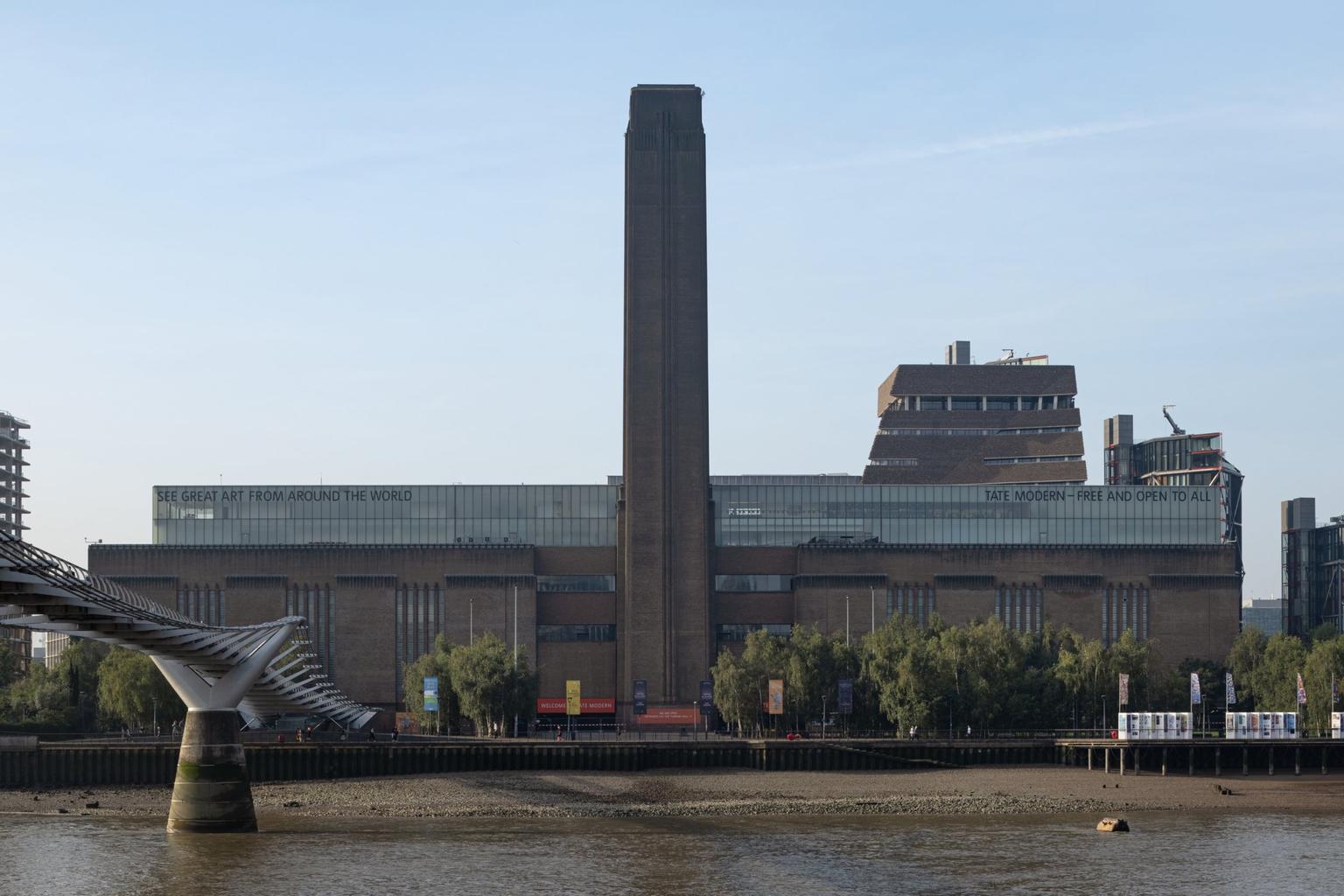
In celebration of Tate Modern turning 25, Helen Sumpter draws up a cultural itinerary around the gallery’s south London riverside location.
A version of this article first appeared in the spring 2025 issue of Art Quarterly, the membership magazine of Art Fund.
Situated just south of the Thames, below the City of London, Bankside, for much of its history, may have remained poorer and far less well behaved than its near North London neighbourhoods, but what it lacked in wealth and status it always made up for in energy, creativity and entertainment.
When its riverside industries declined during the decades following the Second World War, art and reinvention came to the fore again, culminating in 2000 with the transformation of the former Bankside Power Station into the art powerhouse that is Tate Modern. With the institution celebrating its 25th anniversary this year, it’s the perfect opportunity to use a National Art Pass and spend time with all the culture the area now has to offer.
This tour begins on the river with a visit to HMS Belfast. Itself a shining example of creative reinvention, this imposing former Royal Navy warship was commissioned in 1939, and, despite nearly being split in two by a German mine in the same year, was rebuilt to see active service in the Second World War and the Korean War.
All of that history is brought back to life over its nine decks, with interior recreations of its 1950s heyday including a galley kitchen, dental surgery, sick bay with beds designed to swing with the roll of the waves and a Naafi stores selling essentials and luxuries, from shaving brushes to chocolate bars. There’s plenty to engage all ages and a friendly and informed group of volunteers answer questions and guide you round – especially useful for those with not so strong sea legs (in order to see everywhere there are some ladders to climb).
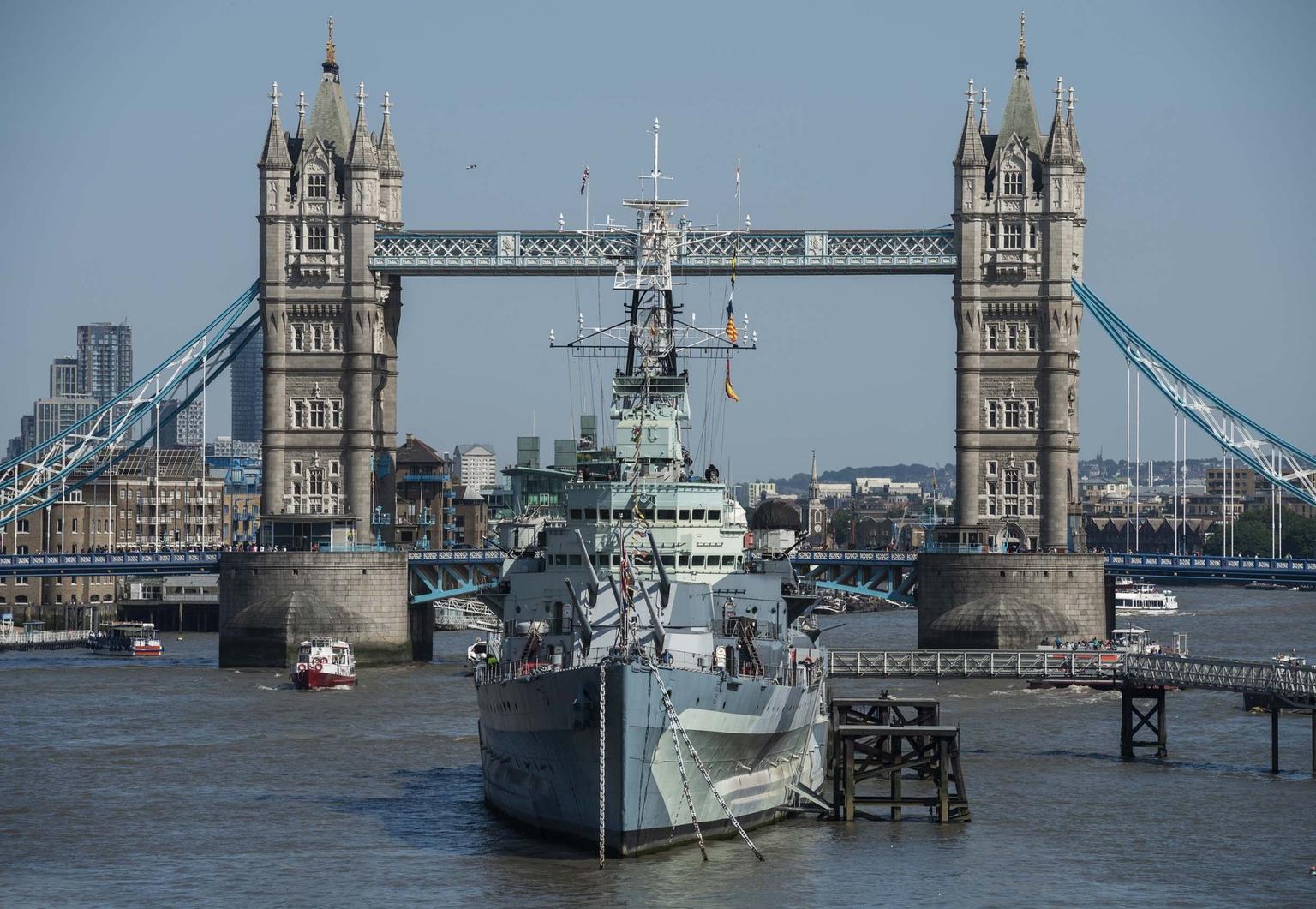
Directly south, a short walk takes you to Bermondsey Street, now a busy hub of cafés, restaurants, shops and galleries, including our next stop, the Fashion and Textile Museum. A pioneer of Bermondsey’s regeneration, colourful fashion designer Zandra Rhodes opened her equally colourful museum at no 83 in 2003.
Its temporary exhibition programme showcases fashion innovation of all kinds, with its upcoming spring show ‘Textiles: The Art of Mankind’ (28 March to 7 September) exploring the role textile craft and creativity has played in societies around the world.
Heading northwest back to the river, there awaits another nautical encounter, aboard The Golden Hinde. Although a 1970s replica of the ship, captained by Francis Drake, that set sail from Plymouth in 1577 on its mission of exploration and sanctioned plunder, this meticulous recreation has covered more sea miles than the original.
With its genuinely creaking, weathered wooden beams and floorboards, and cannons aplenty, there’s no shortage of atmosphere or history to soak up and reflect on. Drake was knighted by Elizabeth I, but his participation in a cousin’s early involvement in the transatlantic slave trade adds a much less honourable aspect to his story.
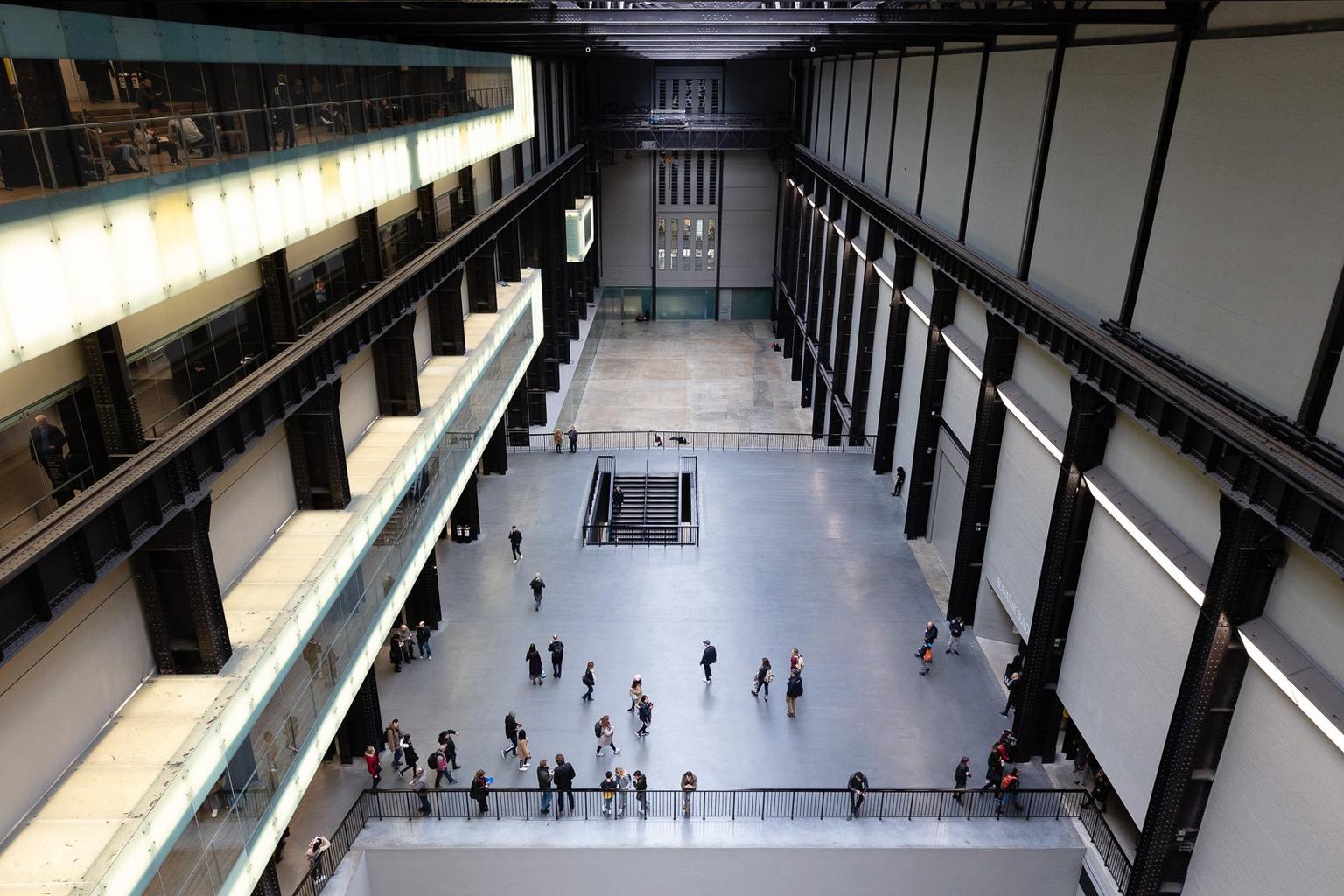
Next on the tour is Tate Modern. An idea born in the 1990s from the desire by Tate to create a separate gallery for international and modern contemporary art, the iconic destination art venue underwent a further development in 2016 with the addition of a major new extension. With collection displays, world-class temporary exhibitions and an extensive programme of activities and events, exhibition highlights this season include ‘Electric Dreams: Art and Technology Before the Internet’ (to 1 June) and ‘Leigh Bowery!’ (to 31 August).
A minute away is Bankside Gallery, home to the Royal Society of Painter-Printmakers (RE) and the Royal Watercolour Society (RWS), and a champion of works on paper in those mediums. The ‘RWS Open’ will be followed by the annual ‘RWS Spring Show (28 March to 26 April).
Continuing west under Blackfriars and Waterloo Bridges, around the curve of the river, brings you to the Hayward Gallery, part of the Southbank Centre and proud showcase of beautiful brutalism. Over its 55-plus years, from its opening retrospective of Henri Matisse, the always forward-thinking Hayward has gained an impressive track record of thematic and solo-artist shows.
Continuing that legacy, its two current exhibitions pair celebrated feminist artists from two different generations and locations – punk-influenced British collage and performance artist Linder and US-born portraitist Mickalene Thomas (both to 5 May).
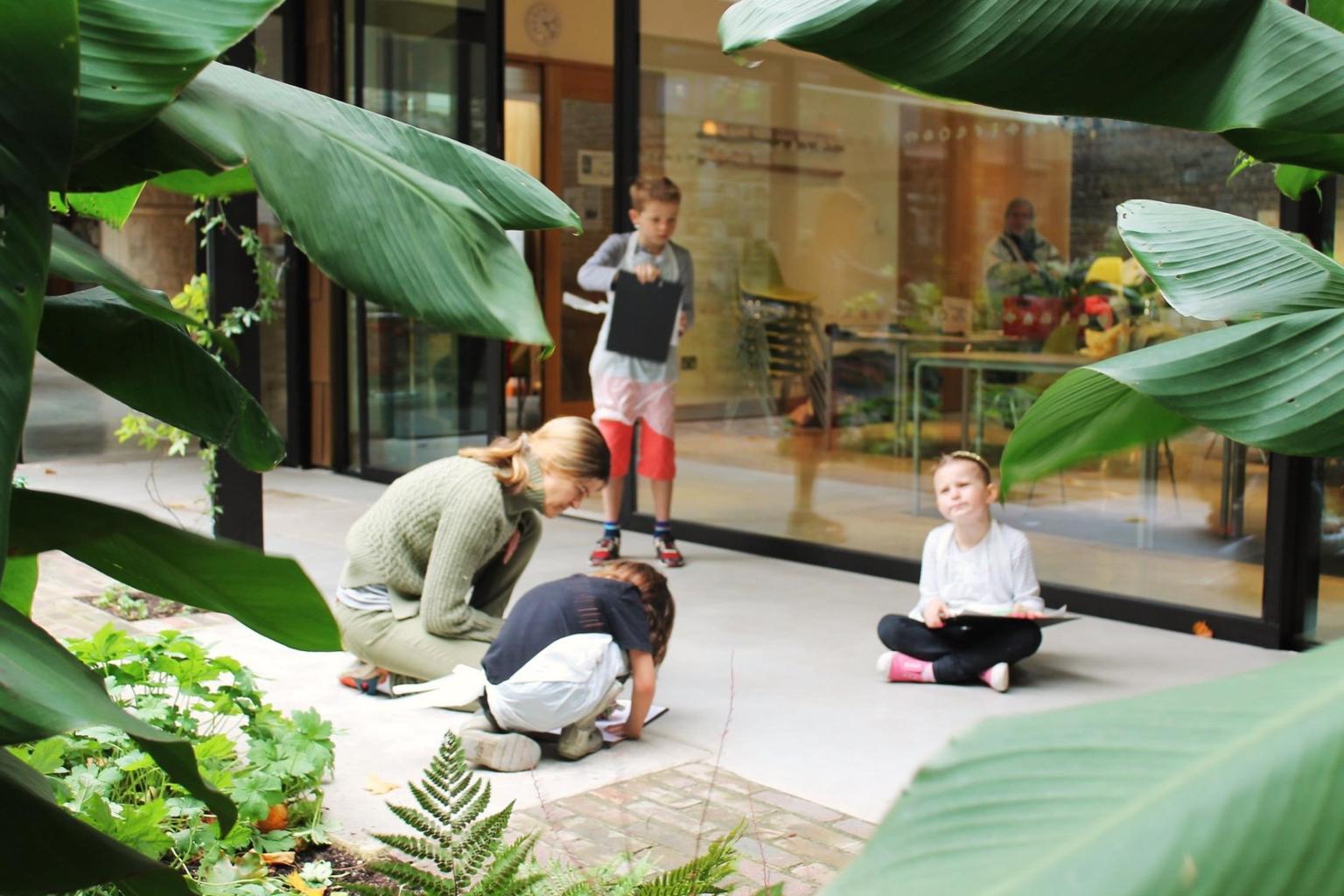
Following the river past the Royal Festival Hall, London Eye and London Aquarium, hidden down a side street next to St Thomas’ Hospital is the Florence Nightingale Museum. Accessible for all ages, it tells the story of its titular Victorian modern-nursing trailblazer. Alongside Nightingale’s celebrated work during the Crimean War, other objects and insights include uniforms, books – Nightingale wrote 200 of them – and her taxidermied pet owl, Athena (Nightingale was a pioneer of animal therapy).
After being inspired by ‘the Lady with the Lamp’, a short walk further along brings you to Lambeth Palace Library, the official library of the Church of England, and repository of some of the world’s oldest books, as well as many illuminated manuscripts. Some of these can be seen in the current temporary exhibition ‘Unfolding Time: The Medieval Pocket Calendar’ (to 15 May).
Our final stop is the nearby Garden Museum, housed in the deconsecrated church of St Mary-at-Lambeth, and a celebration of gardening in Britain in all its forms. Spring shows include paintings by Ruth Murray depicting our relationship with gardening and nature in urban environments (to 27 April) and a selling retrospective of paintings by snowdrop specialist John Morley (19 March to 20 April).
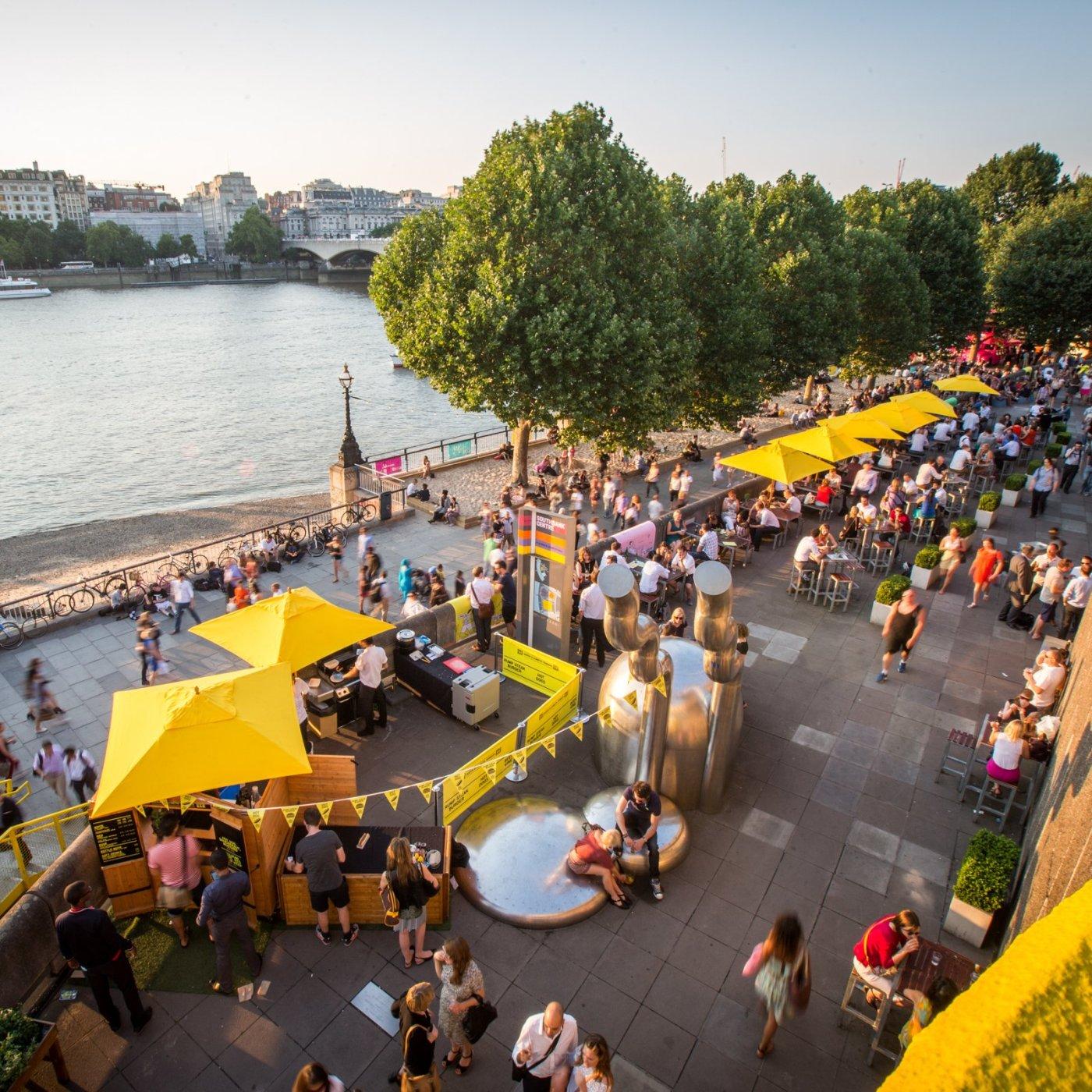
Beyond art in Bankside
Eat
A wander round busy Borough Market will provide all the exciting international food options you could ever possibly need, from ice cream, pastries, spices and artisanal cheeses to Turkish mezze, Jewish breads, Jamaican sauces and Croatian specialities.
Shop
An institution in its own right, the South Bank Book Market under Waterloo Bridge has been selling secondhand books – including contemporary fiction and children’s books – maps and prints, traditionally displayed on trestle tables, for more than 40 years.
Relax
With the National Theatre, Southbank Centre, BFI and Shakespeare’s Globe close at hand, there’s certainly no shortage of entertainment, but with this part of the river being tidal, life really is a beach, gazing at the water from the Thames foreshore.